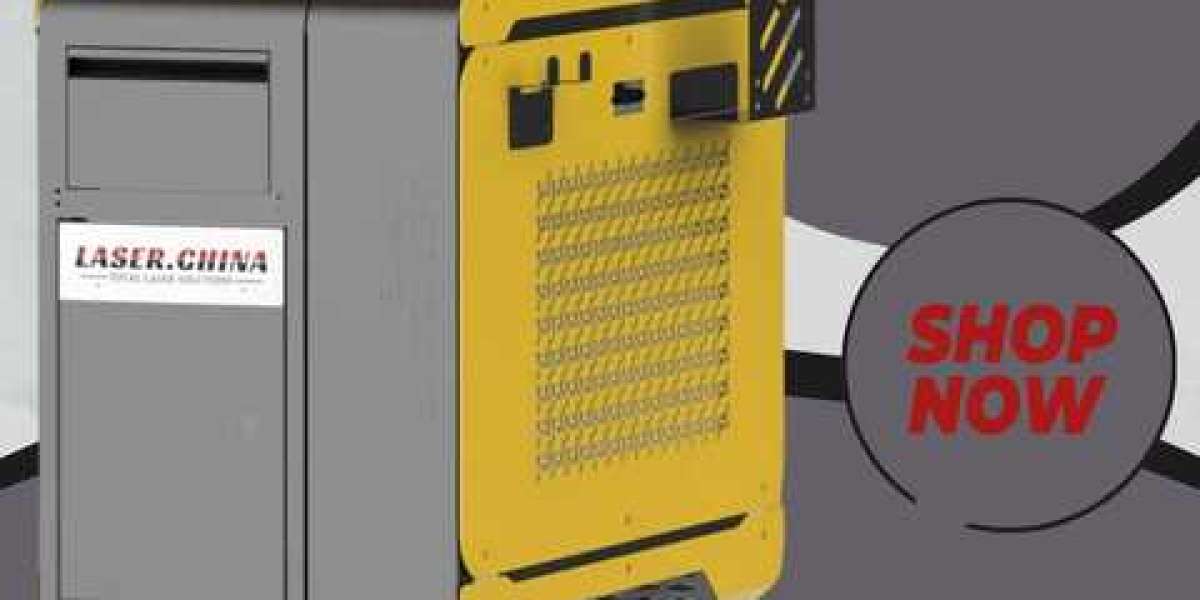Automated Storage and Retrieval System (AS/RS)
In today’s fast-paced and highly competitive industries, efficient warehouse management is crucial for reducing operational costs, improving accuracy, and speeding up order fulfillment. One technology that has revolutionized warehouse and inventory management is the Automated Storage and Retrieval System (AS/RS). These systems automate the process of storing and retrieving goods in warehouses, distribution centers, and manufacturing facilities, leading to increased productivity and better use of space.
The Automated Storage and Retrieval System (AS/RS) Market includes automated technologies that handle, store, and retrieve goods in warehouses and distribution centers. These systems improve operational efficiency and reduce labor costs. Industries like e-commerce, manufacturing, and logistics widely adopt AS/RS. Market growth is driven by the need for high throughput and space optimization.
What Is an Automated Storage and Retrieval System?
An Automated Storage and Retrieval System (AS/RS) is a technology-driven system designed to automatically place and retrieve loads from designated storage locations. It typically consists of computer-controlled machines such as cranes, shuttles, conveyors, or robotic arms that operate within a warehouse. The system is integrated with warehouse management software (WMS) or enterprise resource planning (ERP) systems to optimize inventory flow and track goods in real time.
Components of AS/RS
Storage Racks
These are specially designed shelving units where goods are stored in bins, pallets, or containers. They are arranged to maximize vertical and horizontal space.Automated Handling Equipment
This includes cranes, stacker cranes, robotic shuttles, conveyors, or robotic arms that move items between storage racks and picking stations.Control System
A computerized system manages the movements of handling equipment, inventory data, and communication with warehouse software to ensure efficient operations.Receiving and Shipping Stations
Points where goods enter or leave the storage system, often integrated with conveyors and scanners.
Types of AS/RS
Unit Load Systems: Handle large loads such as pallets.
Mini Load Systems: Handle smaller loads like bins or totes.
Vertical Lift Modules (VLMs): Vertical carousels that store and retrieve items vertically.
Horizontal Carousels: Rotating shelves that bring items to the operator.
Robotic Systems: Use robotic arms or shuttles for flexible storage and retrieval.
Advantages of Automated Storage and Retrieval Systems
Increased Efficiency
AS/RS systems can operate 24/7 without fatigue, speeding up the picking and replenishment processes and reducing lead times.Space Optimization
These systems use vertical space effectively and reduce aisle widths, allowing warehouses to store more inventory in a smaller footprint.Improved Accuracy
Automation reduces human errors during picking and placement, increasing order accuracy and customer satisfaction.Enhanced Safety
By minimizing manual handling and forklift traffic, AS/RS systems reduce workplace accidents and injuries.Inventory Control
Real-time tracking and integration with software improve inventory visibility and help with demand forecasting.
Common Applications
Warehousing and Distribution
Companies like e-commerce retailers and third-party logistics providers use AS/RS to manage high volumes of goods efficiently.Manufacturing
AS/RS supports just-in-time manufacturing by ensuring components are available precisely when needed.Pharmaceuticals
Strict inventory control and rapid retrieval are essential for managing medicines and medical supplies.Food and Beverage
Temperature-controlled AS/RS units are used in cold storage to maintain freshness and reduce spoilage.
Challenges and Considerations
High Initial Investment
AS/RS requires significant capital expenditure for equipment, software, and facility modifications.Complex Integration
Systems must be carefully integrated with existing warehouse operations and IT infrastructure.Maintenance and Downtime
Regular maintenance is critical to avoid costly breakdowns that could disrupt operations.Flexibility
While AS/RS systems excel in repetitive tasks, they may struggle with handling irregular or oversized items.
The Future of AS/RS
The future of Automated Storage and Retrieval Systems lies in increased intelligence and flexibility. Emerging technologies such as artificial intelligence (AI), machine learning, and the Internet of Things (IoT) are enhancing system capabilities by enabling predictive maintenance, real-time optimization, and adaptive learning.
Additionally, mobile robots and autonomous vehicles are being incorporated to create hybrid systems that combine fixed infrastructure with flexible robotics, enabling warehouses to respond quickly to changing product mixes and demand patterns.
Conclusion
Automated Storage and Retrieval Systems are a critical component of modern warehouse and logistics operations. By automating the storage and retrieval process, these systems significantly improve efficiency, accuracy, and safety while optimizing warehouse space. As technology advances, AS/RS solutions are becoming more intelligent and adaptable, helping businesses meet the growing demands of fast, reliable, and cost-effective supply chains.
Related Reports:
| US Refurbished Smartphone Market |
| US Biometric System Market |
| US Sensor Fusion Market |
| US Radio Frequency Component Market |
| US Multilayer Transparent Conductors Market |


